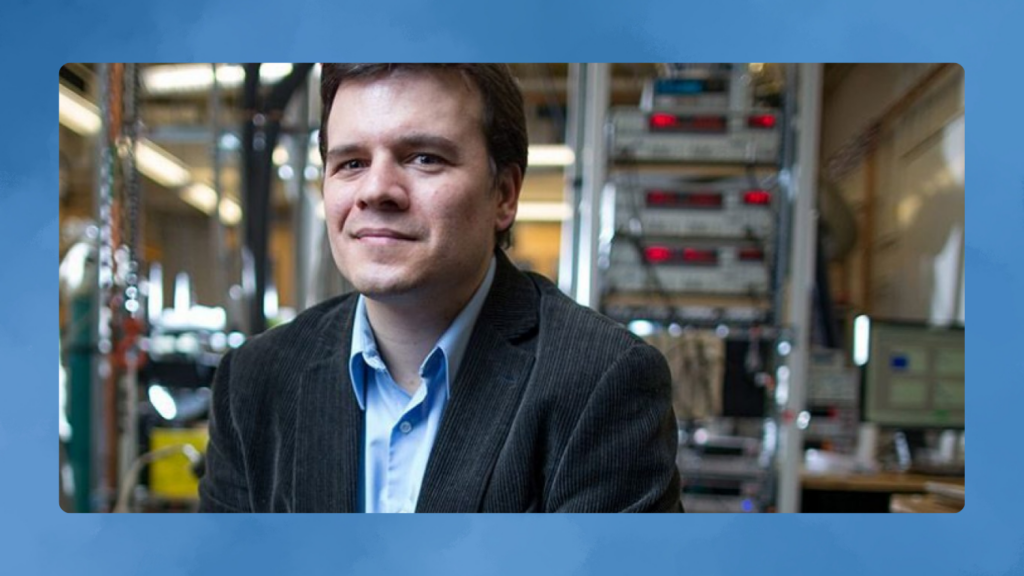In 2021, a groundbreaking development emerged from MIT when a team of physicists created an ultrathin ferroelectric material, capable of separating positive and negative charges into distinct layers. This material showed immense potential for various applications, particularly in computer memory. Fast forward to today, and the same team, along with colleagues from a nearby lab, has constructed a transistor using this innovative material. The results indicate a potential paradigm shift in the electronics industry.

Despite working with just a single laboratory transistor, the team’s findings reveal that this new transistor meets or exceeds current industry standards for ferroelectric transistors. According to Pablo Jarillo-Herrero, the Cecil and Ida Green Professor of Physics, who led the research with Professor of Physics Raymond Ashoori, both affiliated with MIT’s Materials Research Laboratory, this development is significant.
The Innovation Explained
In ferroelectric materials, positive and negative charges naturally segregate to opposite sides or poles. When an external electric field is applied, these charges switch sides, reversing the polarization. This process can be used to encode digital information stably over time, only changing when influenced by an electric field. For practical use in electronics, these properties must work efficiently at room temperature.
The ferroelectric material, first reported in 2021, comprises atomically thin sheets of boron nitride stacked in a parallel configuration—a structure not found in nature. Bulk boron nitride features layers rotated by 180 degrees. When an electric field is applied, one layer of the new boron nitride material slides over the other, slightly altering the positions of the boron and nitrogen atoms. This small shift results in significantly different electronic properties.

Ashoori explains, “By sliding the two layers a few angstroms, you get radically different electronics.” (An angstrom is about the diameter of an atom.) Another advantage is its durability; it can switch 100 billion times without wearing out. In contrast, conventional flash memory degrades over time, necessitating complex management of read/write operations. This new material could eliminate that issue.
Key Features of the New Transistor
- Rapid Switching: The transistor can switch between positive and negative charges—essentially the digital ones and zeros—at nanosecond timescales (a billionth of a second).
- Durability: It remains functional with no signs of degradation even after 100 billion switches.
- Ultrathin Material: The material is only billionths of a meter thick, allowing for denser computer memory storage and more energy-efficient transistors due to lower voltage requirements.
Collaborative Effort
Yasuda highlights the collaborative nature of the project: “We created the material and, together with Ray [Ashoori] and Evan [Zalys-Geller], thoroughly investigated its characteristics. It was a thrilling process.” Ashoori adds, “Our lab’s techniques naturally complemented the work happening next door. It has been a lot of fun.”
Several intriguing questions remain. For instance, how does the sliding process initiate at the atomic level? Could ferroelectricity be triggered by means other than electricity, such as an optical pulse? Is there a limit to the number of switches the material can endure?
Challenges include scaling up the production of the new ferroelectric materials for mass manufacturing. Yasuda notes, “We demonstrated a single transistor. If these materials could be produced at the wafer scale, we could create many more,” adding that various groups are already working towards this goal.
Jarillo-Herrero expressed his excitement, stating, “Our lab focuses on fundamental physics. This is one of the most striking examples of how basic science can lead to significant applications.”
Ashoori echoed this sentiment, adding, “Reflecting on my career in physics, this work stands out as something that could revolutionize the world in the next 10 to 20 years.”
Research Support
This research was supported by various organizations, including the U.S. Army Research Office, the MIT/Microsystems Technology Laboratories Samsung Semiconductor Research Fund, the U.S. National Science Foundation, the Gordon and Betty Moore Foundation, the Ramon Areces Foundation, the Basic Energy Sciences program of the U.S. Department of Energy, the Japan Society for the Promotion of Science, and Japan’s Ministry of Education, Culture, Sports, Science, and Technology (MEXT).
This collaborative effort underscores the potential of fundamental science to lead to groundbreaking applications, setting the stage for a new era in electronics.

Subtly charming pop culture geek. Amateur analyst. Freelance tv buff. Coffee lover
